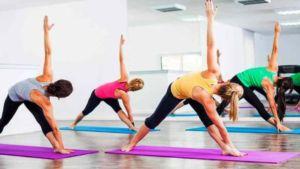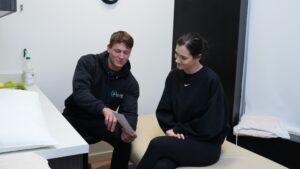Are you experiencing dizziness, ringing and pressure in your ears? Do you often experience symptoms like nausea, chronic headache, and imbalance? If yes! These could be the signs of dysfunction in your vestibular system.
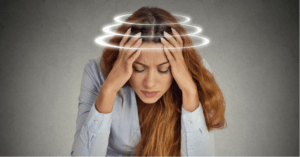
What is Vestibular System?
It is a series of organs and nerves that are located in the inner ear. It consists of fluid-filled 3 semi-circular canals. When an individual moves his/her head, this fluid shifts in these canals and stimulates hair receptors to send sensory information on where the body and head are positioned. Then brain processes information to maintain body balance.
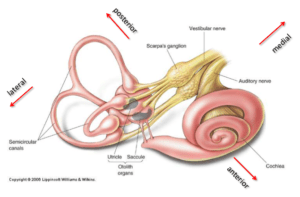
In other words, this system is responsible for controlling parts of your brain and inner ear that process sensory information that impact your eye movements as well as feelings of balance.
However, any illness or injury can disrupt your vestibular system that consequently leads to sensations of dizziness, imbalance, and headaches. Due to this condition, the brain cannot rely on the vestibular system to send accurate information about equilibrium and motion.
Fortunately, physical therapists can help people with vestibular disorders to get them back to their normal life.
Common Vestibular Disorders
· Benign Paroxysmal Positional Vertigo (BPPV)
In this condition, small crystals within the ear are displaced into canals. This may lead to symptoms like the sensation of spinning room around you. Vestibular rehabilitation therapy can help patients shift these crystals out of these canals to improve symptoms.
· Labyrinthitis and Vestibular Neuritis
Infections in the inner ear can cause inflammation in nerves that connect the inner ear with the brain. Due to this inflammation, the transmission of sensory information is severely disrupted, leading to vertigo, imbalance, dizziness, poor vision, etc.
· Meniere’s Disease
In this disease, inner-ear is affected that leads to vertigo, ringing in ears, hearing loss, pressure in ears, etc. This condition affects a person’s ability to maintain balance.
Other causes of vertigo include secondary perilymph fistula, endolymphatic hydrops, General balance deficits, and so on.
Symptoms of Vestibular Disorders
- Nausea/Vomiting
- Visual disturbance
- Decreased ability to concentrate
- Fatigue
- Reduced quality of life
- Anxiety and depression
- Frequent falls
- Headaches

Besides, vestibular disorders may lead to sedentary lifestyle that only worsens their symptoms of dizziness, headache, and imbalance. Consequently, muscle flexibility, muscle strength is decreased, while stiffness in joints is increased.
What is Vestibular Rehabilitation Therapy (VRT)?
You might be thinking what exactly is vestibular rehabilitation therapy and how can it help reduce symptoms of vestibular disorders. So without further ado, let’s discuss!
Basically, VRT is an exercise-based program that intends to improve the balance while reducing the symptoms of dizziness.

This rehabilitation therapy is specifically designed by a professional vestibular physical therapist to address the problems of dizziness, visual disturbances, and imbalance.
Did you know?
‘Researchers have suggested that vestibular rehabilitation therapy can greatly improve symptoms of several vestibular disorders, specifically related to the inner ear and balance problems.’
Who can benefit from Vestibular Rehabilitation Therapy?
As mentioned earlier, people with problems like vertigo, imbalance, dizziness, BPPV, Meniere’s syndrome, and other neck-related migraines are referred to seek vestibular physical therapists.
Furthermore, people who have experienced any brain injury, stroke, or people who frequently fall due to difficulty in maintaining balance can greatly benefit from vestibular rehabilitation therapy.
Vestibular physical therapists initially evaluate the symptoms of the patient and review their medical history before suggesting or recommending them any physical therapy. Assessment of patients includes the following areas:
- Gait assessment (the way you walk)
- Balance/leg strength and flexibility
- Visual mobility and stability
- Neck mobility/ neck and arm strength
- Positional testing
- Examination of the inner ear
After the thorough assessment, the physical therapist devises a care plan based on findings. The main goal of the treatment plan is to improve identified deficits in your vestibular system. Consequently, the exercise-based program suggested by physical therapist improves the balance while reducing the dizziness-related problems.
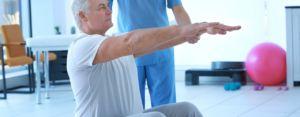
As a result, specialised exercises suggested in vestibular rehabilitation therapy improves an individual’s ability to carry out daily living activities while reducing the risk or falling, and thereby, improving the overall quality of life.
Benefits of Vestibular Rehabilitation Therapy
· Improves Balance
This therapy also undertakes Cawthorne exercises that involve the movement of head and eyes so that individual could gain control over them. These exercises can be done while sitting, standing, or moving around. Physical therapists help patients do these exercises to relax their neck and shoulder muscles. They help patients practice good balance in their daily life activities.
· Reduces Dizziness
Physical therapists also help patients to carry out specialised exercises. They help patients practice head movements to reduce dizziness and improve coordination.
· Improves Vision and Stability
Physical therapist also undertakes gait stabilisation exercises to improve the vision of patients. This exercise improves the ability of individuals to focus on a static object while their head is moving.
· Improves Neuromuscular Coordination
Specialised exercises suggested by physical therapists also help people in improving their neuromuscular coordination. The physical exercises improve the communication between muscles and brain that, in turn, improve balance.
Factors that may Limit Recovery
There are some of the factors that are likely to limit the recovery of vestibular disorders. Let’s discuss those factors:
· Pain
Pain can significantly contribute to an imbalance that leads to increased chances of fall. Pain can also restrict patients to do exercises. It is therefore recommended to assess and manage pain with the help of a physical therapist. It is crucial to enhance the effectiveness of vestibular rehabilitation therapy.
· Sedentary Lifestyle
Physical inactivity can worsen the symptoms of vestibular disorders such as dizziness and unsteadiness. Due to the sedentary lifestyle, the desire to stay active is greatly reduced. Therefore, physical exercise is essential that increase the tolerance to movement and promote physical fitness that ultimately enhances the effectiveness of vestibular therapy.
· Emotional Disorders
Emotional conditions like depression, anxiety, and panic frequently occur with vestibular disorders and make it difficult for patients to manage their symptoms. However, to reduce anxiety, patients may restrict their physical activities to avoid vestibular symptoms. This coping mechanism may limit their recovery. Vestibular physical therapy attempts to enhance their exposure to physical movements to improve their vestibular symptoms.
Wrapping Up
All in all, vestibular therapy attempts to improve the symptoms of vestibular disorders such as dizziness, imbalance, headache, vision instability and so on. The exercises suggested by vestibular therapists are aimed at improving the overall quality of life.
